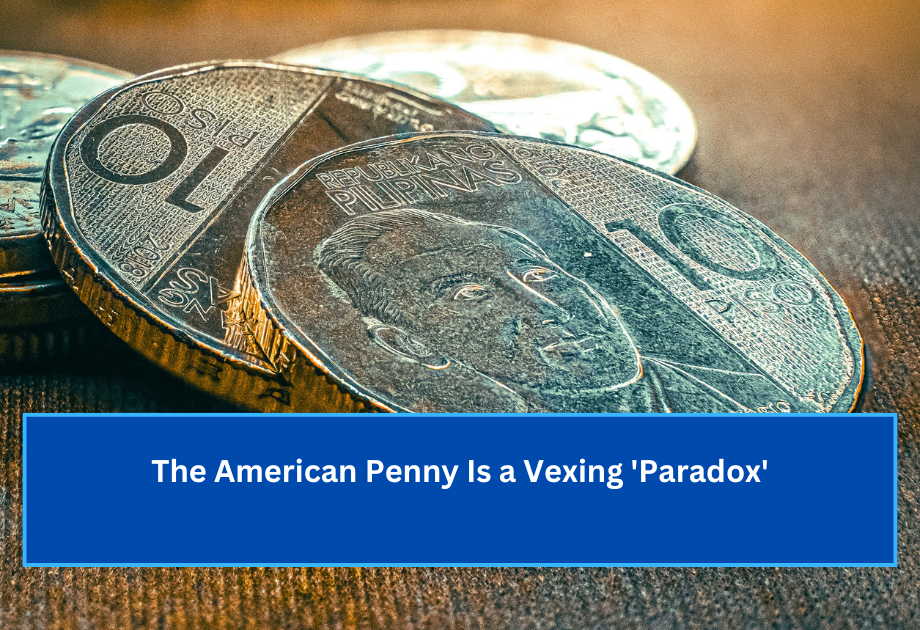The American penny is one of the smallest denominations in the United States currency system, yet it sparks more debate than any other coin. Introduced in 1787, the penny has been both celebrated and criticized throughout its history. While it remains a staple in cash transactions, many believe its continued production is paradoxical. It costs more to produce than its face value, and in the age of digital payments, its necessity is questioned. Here’s a look at why the American penny is considered such a “vexing paradox.”
The Cost of Producing Pennies
A major argument against the penny is that producing it is not cost-effective. It currently costs 1.76 cents to make a single penny. This means that for every one-cent coin minted, the government is actually losing money. The cost of production primarily comes from the materials used, which include copper and zinc, as well as the labor and transportation required for minting and distribution. In contrast, the coin’s purchasing power has declined over the decades, making it less useful in daily transactions.
A Symbol of American History
Despite its financial drawbacks, the penny holds a special place in American culture and history. Featuring Abraham Lincoln’s profile since 1909, it is the only U.S. coin to portray a president facing right. Lincoln’s presence on the penny honors his legacy as one of America’s greatest leaders. The penny’s design, which has evolved over time, serves as a reminder of America’s past and symbolizes the country’s commitment to preserving history.
Environmental and Economic Concerns
The production of pennies has an environmental impact, too. Mining the zinc and copper used to make pennies contributes to pollution and uses up natural resources. This has led to discussions about whether producing pennies is worth the environmental toll.
Arguments for Keeping the Penny
While critics of the penny highlight its cost and declining utility, some groups advocate for keeping it in circulation. One of the main reasons cited is the potential inflationary effect of eliminating the penny. Prices may increase slightly as stores round up their prices to the nearest nickel. Furthermore, charitable organizations that rely on penny donations would be impacted, as even small amounts can add up for fundraising efforts.
Collectors’ Perspective
For coin collectors, or numismatists, pennies are far more than mere change. Some pennies, such as the 1909-S VDB Lincoln penny or the 1943 copper-alloy penny, are worth significant amounts. These rare coins, often auctioned for thousands of dollars, highlight the paradoxical nature of the penny—it can be both a burden and a treasure. Collectors see value where others see inconvenience, demonstrating that even the smallest denomination can hold great worth.
The Future of the Penny
The debate over the future of the penny continues, and while countries like Canada have discontinued their lowest denomination coin, the U.S. remains hesitant to do so. Changing the status of the penny would require congressional approval, and given its historical significance and economic implications, it’s unlikely to happen overnight.
Conclusion
The American penny is a paradox. On one hand, it costs more to produce than it is worth; on the other, it remains a symbol of American history, culture, and tradition. While many view it as outdated and unnecessary, others see it as a cherished part of the past. Whether it will remain in circulation or become a relic of the past, one thing is clear—the penny has sparked a debate that is likely to continue for years to come.
FAQs
1. Why is the penny considered a paradox?
The penny costs more to produce than its actual value and has limited use in modern transactions, yet it holds deep historical and cultural significance.
2. What is the cost of producing a penny?
It costs around 1.76 cents to produce a single penny, which is more than its face value of one cent.
3. Are rare pennies valuable to collectors?
Yes, certain rare pennies, like the 1943 copper-alloy penny, can be worth thousands of dollars to coin collectors.

